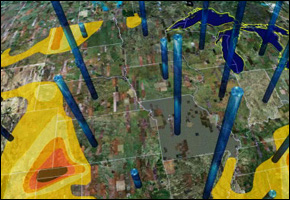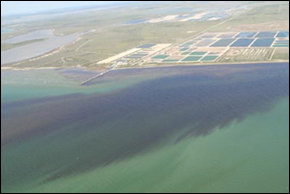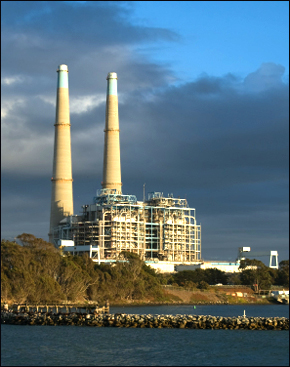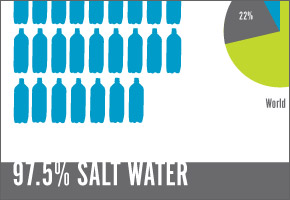Budget Constraints, Anomalies Delay USGS Water Data Release
Vital Water Withdrawal Report on Agricultural, Industrial and Domestic Use Patterns Remains Unpublished
 Data for Yates County’s water withdrawal patterns, in the Finger Lakes region of New York, were part of New York State’s delayed reportage. New York, California and Texas have all contributed to the postponement in the final report’s publication. Photo by J. Carl Ganter/Circle of Blue (click image to enlarge).
Data for Yates County’s water withdrawal patterns, in the Finger Lakes region of New York, were part of New York State’s delayed reportage. New York, California and Texas have all contributed to the postponement in the final report’s publication. Photo by J. Carl Ganter/Circle of Blue (click image to enlarge).by Connor Boals
Circle of Blue
Budget and personnel issues have delayed the 2005 U.S. Geological Survey national water use data, leaving many in the water world anxiously awaiting its release.
Eric Evenson, USGS Coordinator for the National Water Census, said that resource constraints and database fact checking are what has held the data back.
“It’s an activity that we basically conduct on a shoestring,” he said of the data collection.
The report, which tracks water use down to the county level, is released every five years. According to the USGS Web site, the 2000 data was released in March 2004, a four-year-and-three-month process. The 1995 data was made available in 1998, taking a little over three years.
As of August 2009, four years and seven months have passed, leaving some in the water world scratching their heads.
“It prevents us from having a true picture of how much water we are withdrawing and what the implications of those withdrawals truly are,” said Robin Madel, a researcher for the non-profit H20 Conserve. “Especially as we head into a period of shifting climate and precipitation patterns”
“There’s been some funding issues,” USGS hydrologist Nancy Barber told Circle of Blue. “There is no significant national funding.”
Evenson said that in economically hard times, states do not have the funding to give analysis and can only provide access to their databases. In those cases, USGS provides the funding directly themselves.
Barber said that a lot of the “big states” like California, Texas and New York took longer to compile the data. New York was the last, she added.
Evenson said that New York, the last state to submit data, took more time because of personnel-related issues and database inconsistencies.
“It just took us considerably longer. We had to go back and recheck some databases,” he said. “It was a circumstance that this time it took us almost eight months longer than it normally should have.”
Whenever a significant change in values from the two previous reporting periods presents itself, part of the protocol is to recheck the data, Evenson said.
When the changes in values were reexamined, Evenson said, it was a mix of error and technological advancements, like upgrades to water cooling equipment which led to lower withdrawal rates in New York power plants.
“New York was not the only state that had some of those changes, it was just the last one that we were tracking down,” he said.
“We’re getting very close. The report is in colleague review,” he added. This step is the final step in which non-USGS experts review the report, and make notes before the final report is compiled, approved by the director and released in print and Web formats.
“It’s a fairly involved quality assurance program to make sure that the data is reviewed at multiple levels before its finalized,” he said.
The data is valuable to an array of non-profits, researchers, policy-makers and think tanks that use the data in their work.
“USGS data is the go-to resource and we have found it extremely valuable to the work we have done,” Eliot Metzger, project manager for the World Resources Institute (WRI) said. “To the extent more recent data had been available, it certainly would have helped enhance our analysis and its relevance to today’s policy discussions.”
Metzger said he recently drew on the data for a report he did for the WRI that focused on the relationship between energy and water use in the Southeastern United States. Metzger’s report was published on May 13, 2009.
Sharon Clarke, Land and Water Conservation Specialist at the Roaring Fork Conservancy, a non-profit devoted to watershed conservation in Colorado’s Roaring Fork Valley, said they released their State of the Roaring Fork Watershed Report in December of this year, basing their section on water quantity on the 2000 data, because the 2005 data was not yet available.
The wait may be worth it to some, including Jess Chandler, a graduate student at Georgia Tech who co-authored the WRI report with Metzger.
“I am not an expert, but I would say that the USGS, regardless of delays, provides the best water data I have seen,” she said. “Maybe data users need to accept the trade-off in time and quality.”
Connor Bebb assists in daily operations, aids in research, oversees social media outlets and develops social media strategies at Circle of Blue.









